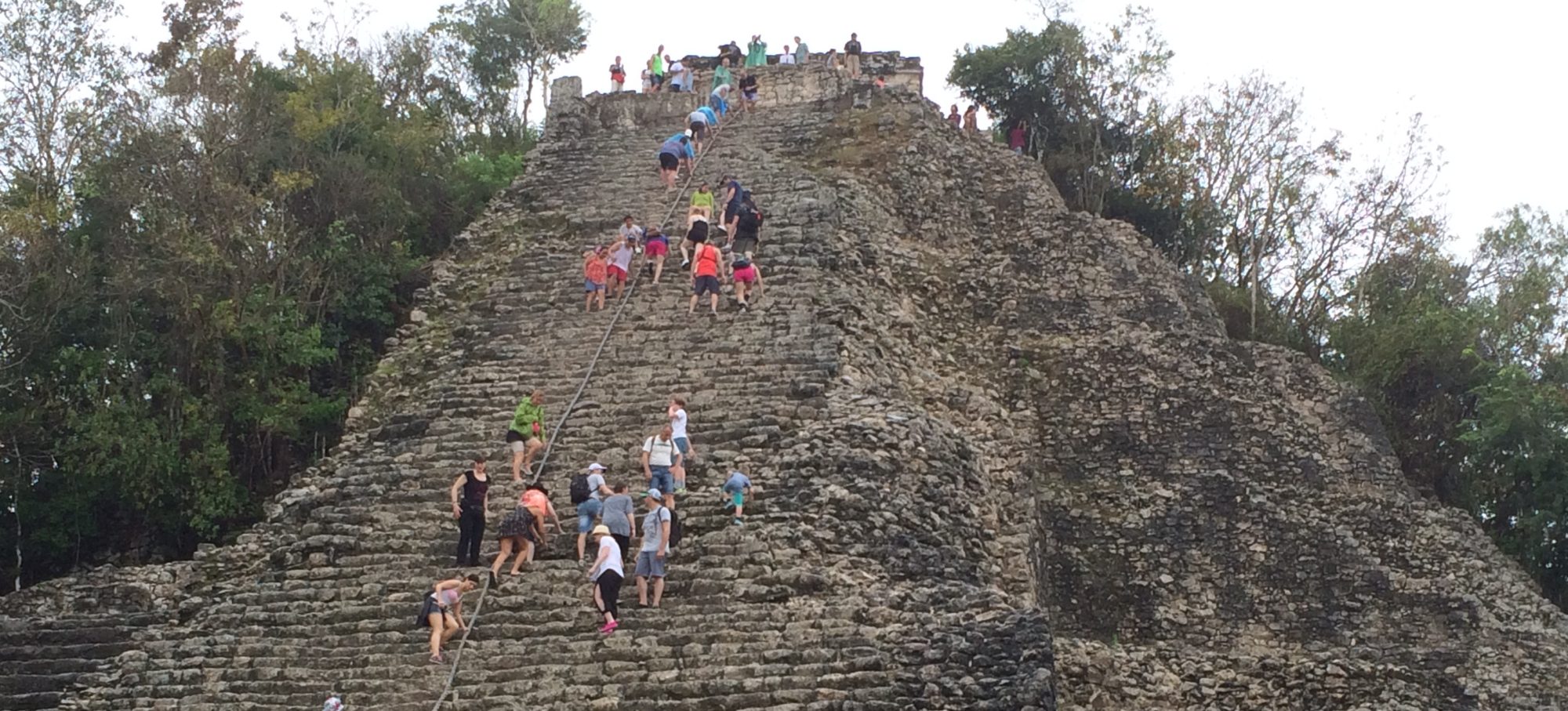April 13, 2024 Prof. Holley Moyes, Univ. of California at Merced: “A Tale of Three Caves: The Cultural History of Ancient Maya Cave Use in Belize.”
Belize has the oldest and most complete history of ancient Maya ritual cave use in all of Mesoamerica. Caves were one of the most salient features in Maya cosmology, instantiating the entrance to Xibalba, the Maya netherworld or “place of fright.” People journeyed deep into the darkness to conduct rituals for deities associated with rain, fertility, and the ominous Lords of the Underworld. Although little was written about ritual practices in the Classic period, the artifact record attests that ancient people left offerings of ceramics, household items, incense, jewelry, and sometimes sacrificial victims for the powerful beings that inhabited caves. These sites are still considered sacred in Maya communities today, a testament to the resilience of Maya religion, cosmology, and the power of myth. Archaeological evidence suggests that ancient people visited caves in the Archaic period and began to use them in ceremonial rites as early as 1100-1200 BCE. By 960CE, most caves were abandoned, and many closed off. This talk examined the chronology of cave use and changes in ritual practices over time using three caves located in western Belize-Chechem Ha Cave, the oldest dated ritual cave in the Maya Lowlands, Actun Tunichil Muknal, the most well-preserved cave in the region containing sacrificial victims, and the Cave at Las Cuevas, a Late Classic pilgrimage site. Each cave has its own story to tell in the history of the ancient Maya people. Cave use and its changes over time reveals the hopes, aspirations, and concerns of ancient peoples whose lives were in the hands of their rulers, ancestors, and deities that controlled their fortunes.
Holley Moyes is a Professor of Archaeology at the University of California, Merced in the Dept. of Anthropology and Heritage Studies and Affiliate in the Dept. of Cognitive and Information Sciences. She specializes in ritual cave use and her volume Sacred Darkness: A Global Perspective on the Ritual Use of Caves (University Press of Colorado, 2013) is a testament to the ubiquity of ritual practice in caves over time and space. Her field research over the past 25 years has focused on ancient Maya ritual cave sites and their role in the development, maintenance, and disintegration of the Classic period political system. Cave sites provide an excellent opportunity to examine ritual behavior over time, culminating in the tumultuous Late Classic period when Maya society was undergoing radical socio/political changes due to internal and external stresses. Her work spans both theory and methods including the use of photogrammetry, GIS, and LiDAR. She researches the role of caves in myth and cosmologies and has published on multiple aspects of ritual cave use including changes in practice, environmental relationships, energetics, chronologies, uses of space, architectural elaborations, ritual density, pilgrimage, and foundational rites. She is currently principal investigator of the Las Cuevas Archaeological Reconnaissance, which conducts research at the Las Cuevas site in western Belize and its surrounds.
A video recording is available for members at Meeting Archives.

